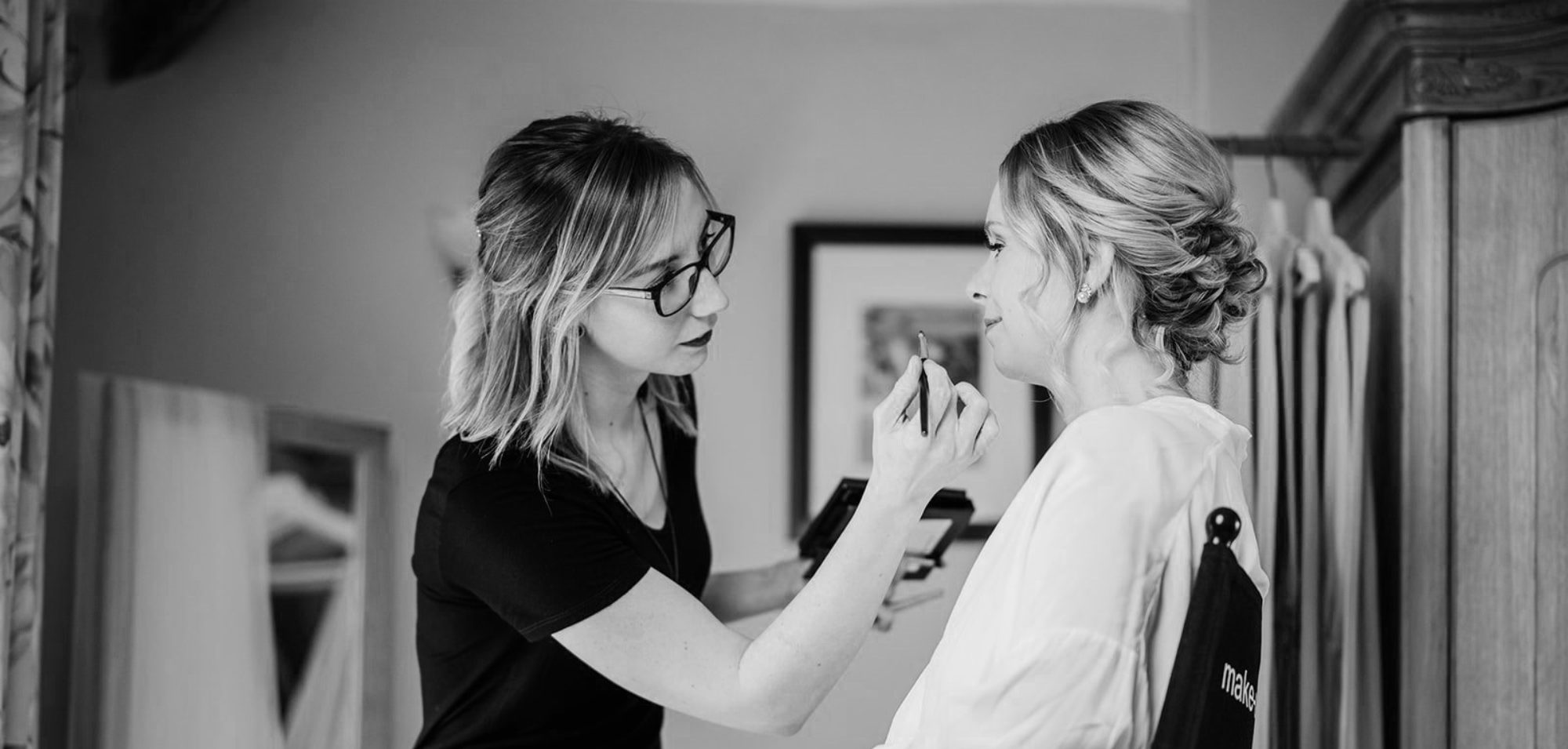793AD – 1066AD

In the Viking Age, men and women’s facial features were quite similar; men’s faces didn’t have as much as a prominent jawline and women’s had more of a brow ridge. This makes it hard for archaeologists to determine whether a Viking skull was from a male or female!
Skincare:
Vikings soothed their skin with mixtures of wool-wax, butter and oils to moisturise. They washed their hands, face and feet every day and brushed their teeth with twigs and chalk.
Make-up:

There is evidence that the Vikings took good care of their selves and had the best hygiene of all the Europeans in the Middle Ages. Men had a lot of success with the English women as they bathed more often than English men, so smelled a lot better.
Men and women used make-up to look younger and more attractive. They wore kohl eyeliner to protect their eyes from the Sun’s rays, it was made from crushed antimony, burnt almonds, lead, oxidized copper, ochre, ash, malachite and chrysolla.
Hair
Blonde hair wasn’t the only colour the Vikings had, another dominant colour was red. Blonde hair was the most popular, for people with brunette hair they would bleach it with strong ‘soap’ made from fat and ashes, it resulted in a red or strawberry blonde shade.
Unmarried girls could wear their hair long and loose, sometimes with braids. They would wear a ‘kransen’ across their forehead which symbolised virginity.
A lot of women wore their hair in a ‘knot’ at the nape of their neck. A braided ponytail then knotted up into a sort of bun.
Men loved their hair and beards. A popular style was the ‘reverse mullet’, long hair in the front and short at the back. The average man wore his hair about shoulder length, though a professional warrior may have had his hair a lot shorter to avoid being grabbed in combat.
Combs were in everyday use to smooth and style the hair, along with removing dirt and possible lice. They were made from bones such as whale and imported elephant ivory.

NEXT: The Black Death
BACK: Ancient Roman

